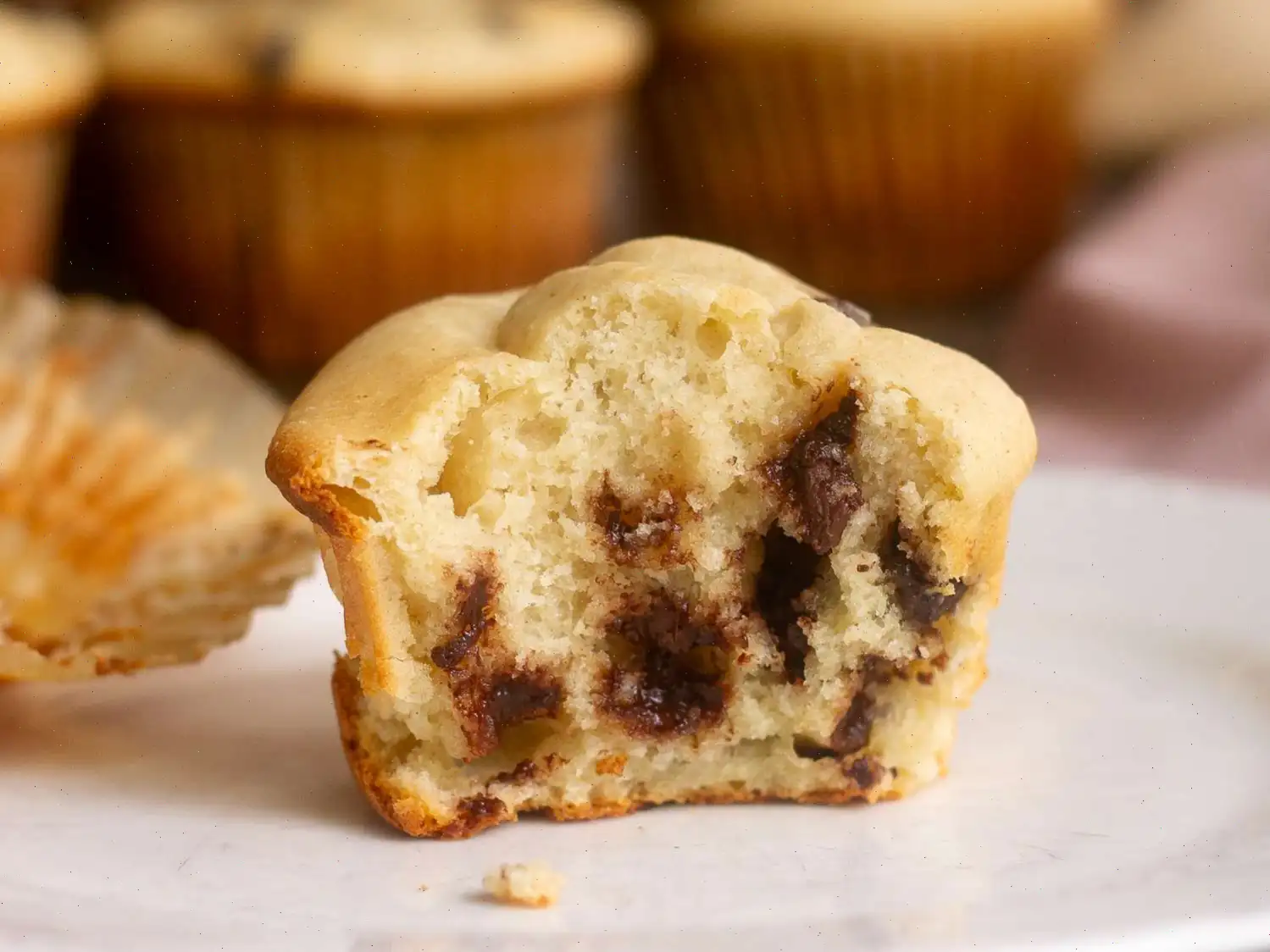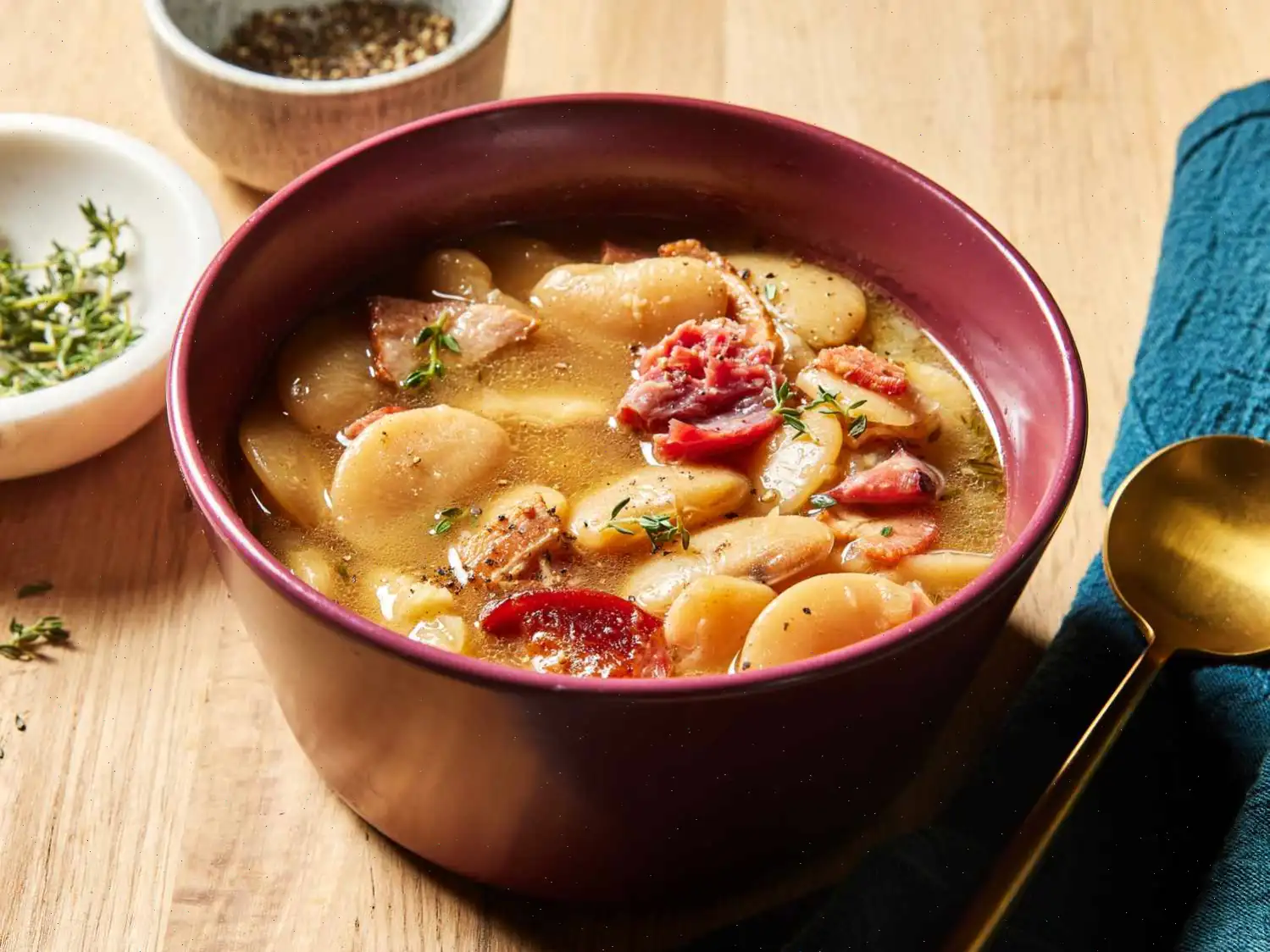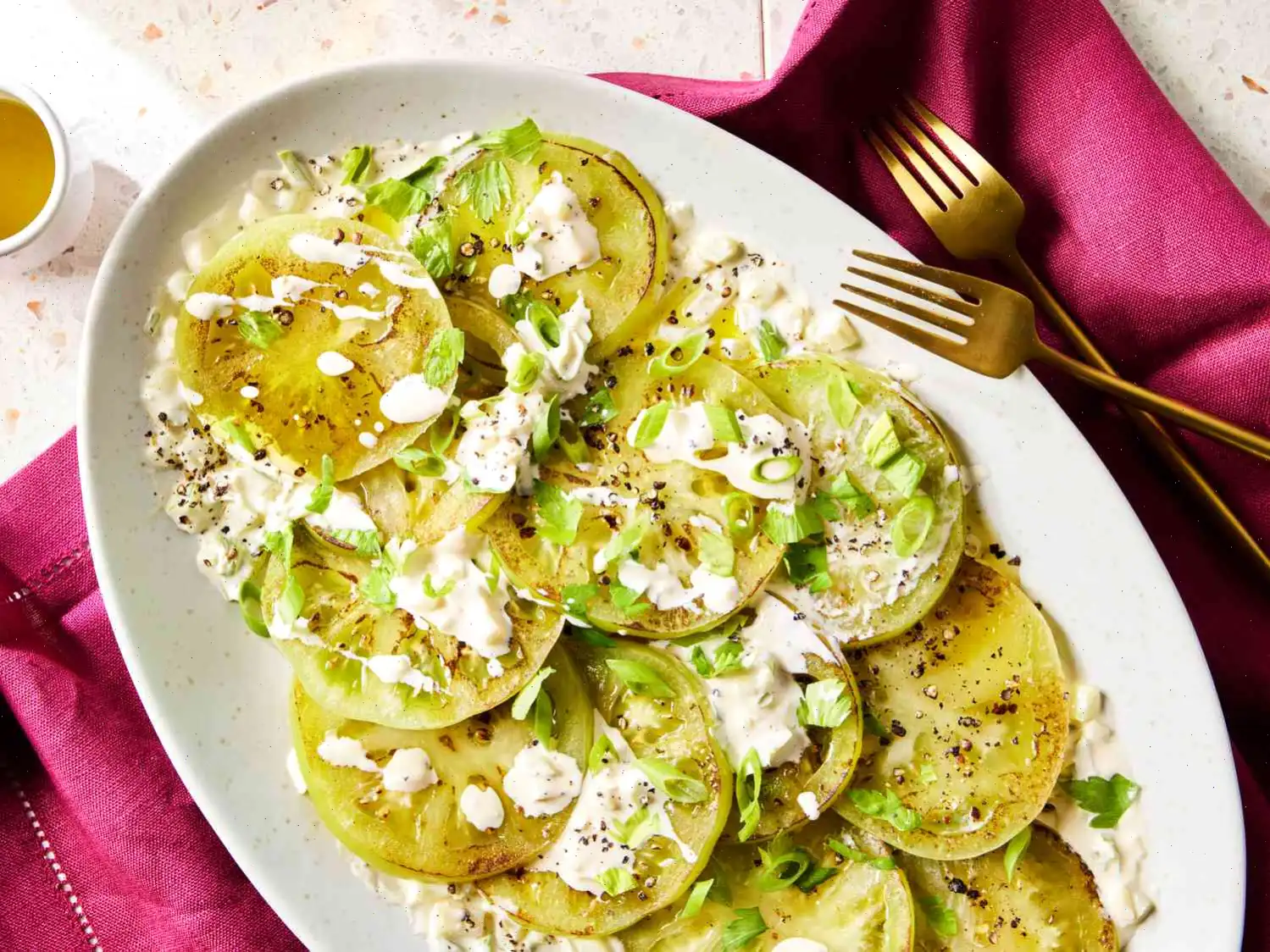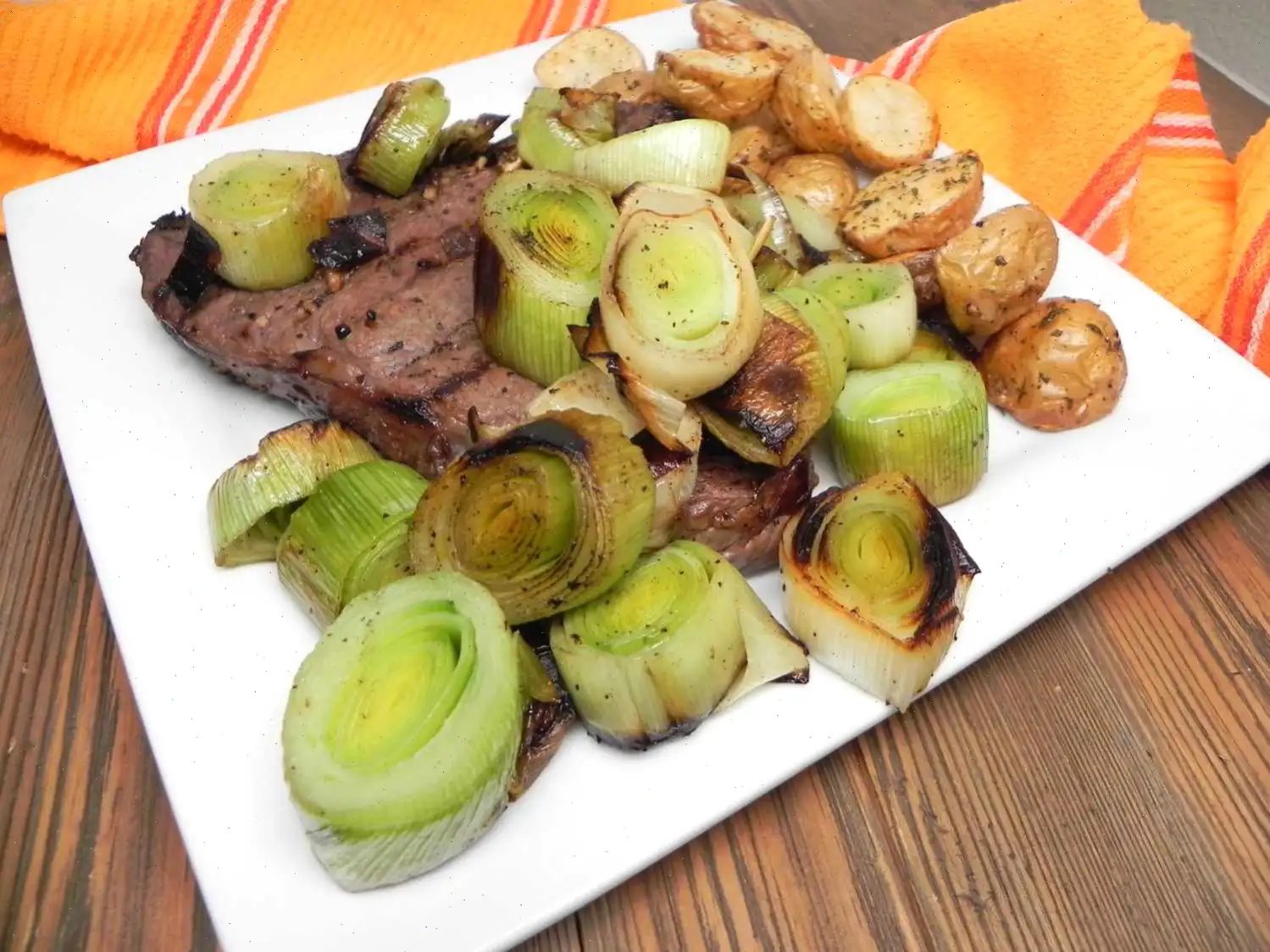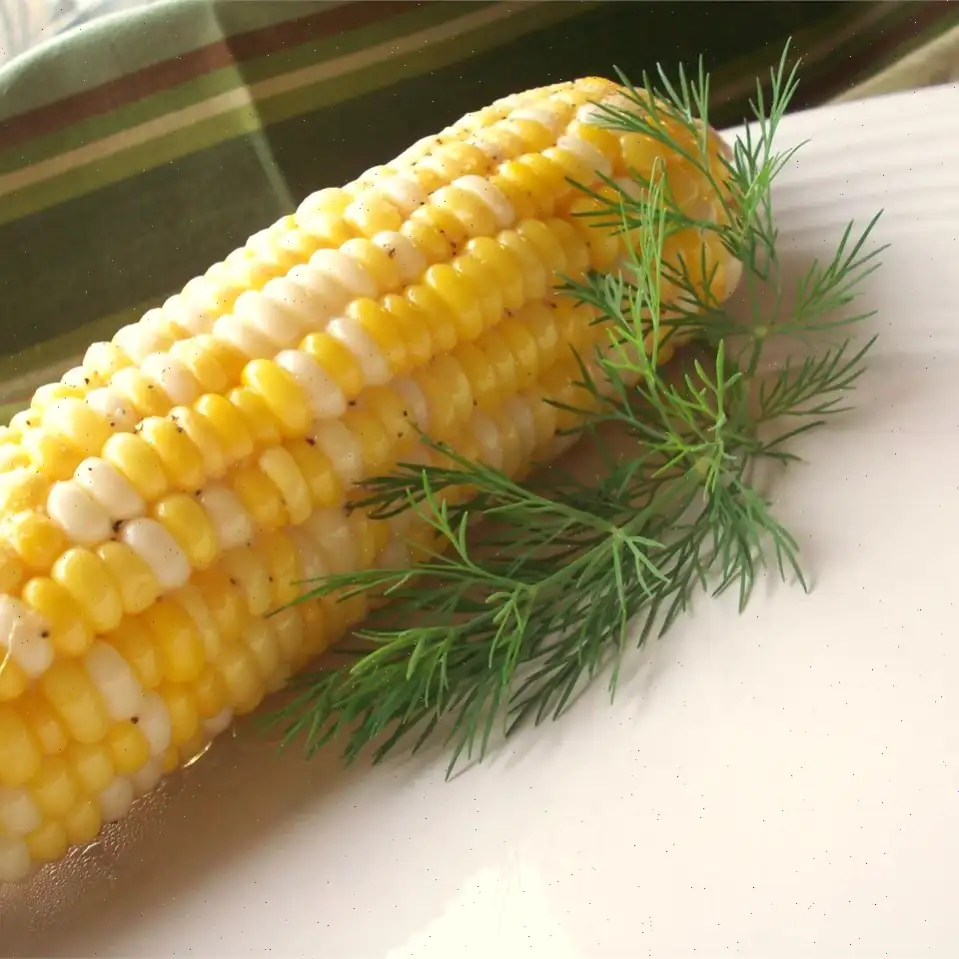
Homemade Apple Jelly Recipe
Ingredients
- 3 1/2 pounds cooking apples (such as Braeburn, Granny Smith, and/or Rome Beauty)
- 3 cups water
- 1 cup apple juice, or up to 2 cups as needed
- 1 (1.75 ounce) package regular powdered fruit pectin or 6 tablespoons classic powdered fruit pectin (such as Ball)
- 7 1/2 cups white sugar
Directions
- Remove the stems and blossom ends from the apples. Do not peel or core them as both the peels and cores contain pectin, which will be discarded later. Chop the apples into pieces.
- Combine the chopped apples and water in a large pot. Bring the mixture to a boil over high heat. Once boiling, reduce the heat to medium-low and simmer for about 10 minutes, covering the pot.
- Place a colander lined with cheesecloth in a large bowl. Carefully pour the apple mixture into the colander. Let the mixture drain naturally, without pressing, for 1 to 2 hours, or until it stops dripping.
- Add enough apple juice to the drained juice in the bowl to reach a total of 5 cups. Discard the solids left in the colander.
- Note: To ensure a clear jelly, avoid pressing the solids in the colander, as this can make the jelly cloudy.
- Transfer the juice to a clean, large pot. Whisk in the pectin and bring it to a full rolling boil.
- Once boiling, add the sugar and return the mixture to a full rolling boil. Boil vigorously for 1 minute.
- If foam forms on the surface, quickly skim it off using a metal spoon and discard the foam.
- Ladle the hot jelly into 10 sterilized half-pint jars, leaving about 1/4 inch of headspace at the top. Wipe the rims of the jars, adjust the lids and bands, and place the jars into a boiling water canner, ensuring the water covers the jars by 1 inch.
- Process the jars for 5 minutes, starting the timer once the water returns to a boil. After 5 minutes, remove the jars from the canner and cool them on a wire rack.
Cook's Note
Some apples naturally produce juice that is slightly cloudy. However, once the pectin is added, the juice will clear up.
Apple-Cranberry Jelly Variation
For a twist, follow the recipe above, but reduce the apples to 2 3/4 pounds and water to 2 1/2 cups. After straining, add enough apple juice to reach 4 cups and stir in 1 cup of cranberry juice cocktail. Decrease the sugar to 3 cups. This variation yields 7 half-pints.
Nutrition Facts (per serving)
- Calories: 89
- Total Fat: 0g (0% DV)
- Saturated Fat: 0g (0% DV)
- Cholesterol: 0mg (0% DV)
- Sodium: 2mg (0% DV)
- Total Carbohydrate: 23g (8% DV)
- Dietary Fiber: 1g (2% DV)
- Total Sugars: 21g
- Protein: 0g
- Vitamin C: 2mg (3% DV)
- Calcium: 2mg (0% DV)
- Iron: 0mg (0% DV)
- Potassium: 30mg (1% DV)
* Percent Daily Values are based on a 2,000 calorie diet. Your daily values may be higher or lower depending on your calorie needs.
The Story Behind Apple Jelly
Apple jelly has a rich history that dates back several centuries. Early recipes appeared in European cookbooks as a method to preserve fruit for the winter months. In times before refrigeration, converting apples into jelly allowed households to enjoy the natural sweetness of apples long after the harvest season. Colonial America embraced this tradition, adapting European techniques to locally available apple varieties. The practice of making apple jelly at home became a common way to celebrate the harvest, and it was often shared among neighbors as a token of hospitality.
Regional Variations
Apple jelly is especially popular in the northeastern United States, where cold winters and abundant apple orchards create perfect conditions for both cultivation and preservation. In the southern regions, recipes sometimes incorporate a hint of spice, such as cinnamon or cloves, giving the jelly a warmer flavor profile. European versions, particularly from France and England, tend to focus on clarity and delicate sweetness, often using a combination of cooking apples and natural pectin to achieve a firm yet translucent texture. Each regions apple varieties influence the color, taste, and consistency of the final product, making every batch subtly unique.
How Apple Jelly Differs from Similar Dishes
Unlike apple jam or apple butter, apple jelly is entirely clear and smooth, as the pulp and solids are strained out during preparation. Jam retains pieces of fruit, giving it a chunkier texture, while apple butter is cooked longer with added spices to create a spreadable, dense consistency. Apple jellys defining characteristic is its firm gel and bright color, which comes from careful straining and the natural pectin in the apple peels and cores. This clarity and firmness make it ideal for elegant presentations, from breakfast spreads to layered desserts.
Common Serving Occasions
Apple jelly is typically served as a sweet accompaniment to breakfast and afternoon tea. It pairs beautifully with toast, scones, or biscuits and can also be used as a glaze for roasted meats or a filling for pastries. During festive occasions such as Thanksgiving and Christmas, apple jelly is often included in homemade gift baskets or used as part of elaborate dessert spreads. Its versatility allows it to move seamlessly between casual family breakfasts and sophisticated holiday tables.
Interesting Facts
- Apples contain natural pectin, especially in the peels and cores, which is essential for setting the jelly.
- Homemade apple jelly often has a slightly different flavor profile depending on the apple variety used, making experimentation a rewarding process.
- The tradition of gifting jars of apple jelly continues in many cultures, symbolizing warmth, abundance, and community.
- Apple jelly was historically valued for its medicinal uses, believed to aid digestion and provide a concentrated source of fruit nutrients during winter.
- Modern variations may mix apple juice with other fruit juices, like cranberry or pear, to create vibrant, seasonal flavors without compromising the jellys clarity.
You can listen to this recipe in AI audio format. Simply click the play button below to listen to the content in a format that suits you best. It’s a great way to absorb information on the go!



